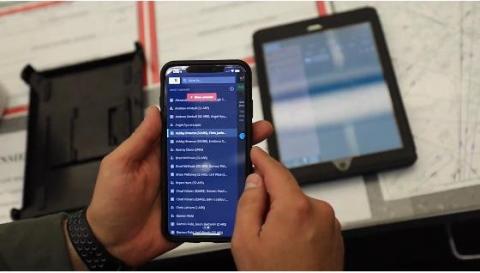How open source solutions help the U.S. Air Force accelerate software development and modernize collaboration
The pressure to ship quickly is greater than ever before. But for many organizations, including the U.S. Air Force, security and compliance concerns severely limit their ability to quickly adopt and integrate new technologies, putting teams at risk of being locked into approved vendors and missing out on critical innovations. In order break the cycle of slow-moving development, Platform One, the U.S.











